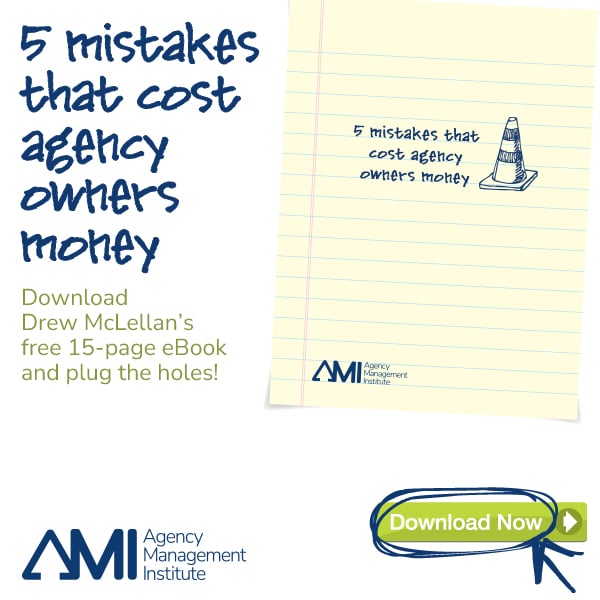Thinking about the end is never fun. Neither is planning for it. So it makes sense that business leaders would avoid planning for the day they sell their company or step down from their role. Without a clear exit strategy, however, you could be putting your company, your employees, and your own future in jeopardy.
Don’t wait until it’s too late
T every aspect of succession planning takes more time than you might realize. If you don’t start this process early enough, you could spend years running your business in a way that sabotages your own end goals, depletes your resources, or cripples your negotiating power. Companies that lack a well-designed succession plan can also be left weak and vulnerable during the transition period, making them easy targets for competitors.
Preliminary planning is incredibly complex and should begin at least 10 years before you plan to close or leave the company. Here are four crucial actions you need to take when planning your exit:
-
Create a financial plan in advance. When the time comes to explore retirement options, you don’t want to be forced into a bad business deal due to poor planning. Meet with a financial planner at least 10 years ahead of time so you can figure out how to run the business in a way that will make it profitable and appealing to potential buyers or leaders.
-
Determine your company’s valuation. Most business owners don’t know their companies’ true value. In fact, many tend to overestimate the value, which can create problems when it’s time to sell. Work with a business valuation expert or firm to understand your business’s worth. Have your expert do a benchmark valuation 15 years before you’d like to retire and another valuation every five years after that to document trends and growth. A professional might even uncover nuances about your industry that you weren’t aware of.
-
Draft transition and contingency plans. Ten to 15 years out, meet with a professional who can help you map out a Plan A and a Plan B for your retirement and company transition. Even if the future of your business seems set in stone, a backup plan is vital in case anything goes haywire. Hold annual meetings with your planner to keep everything updated.
-
Explore your options. Regardless of your post-retirement plans, every potential route will require intensive planning. If you want to sell to an internal buyer (a family member or an employee), include her in the planning early on. You’ll need to meet with your financial planner and restructure the business so she can make the down payment when the time comes. If you’re leaning toward an external buyer, find a good broker who can package and market your business at least five years before you plan to leave. And if you want to close the doors and walk away, your financial planner, CPA, and business valuation professional will be able to identify all the ways or places you can take money out of your business and invest it in your future.
Planning for the end of your days as a leader might not be fun, but it is necessary. Your succession plan (or lack thereof) will have a huge impact on the way you run your business, from managing profits and taking on new clients to training your leaders and mentoring key employees. Take the right steps to establish a thorough succession plan, and you’ll make the transition quick and painless for your company, the new leader, and yourself.
This article was written by Drew McLellan and first published on SmartBrief.






